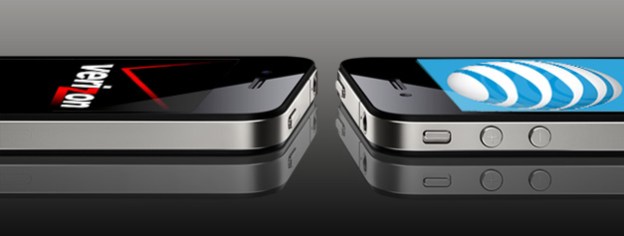
It looks like 2013 could be the year of LTE for AT&T. The carrier just announced a deal with Verizon Wireless that would allow it to acquire Verizon’s 700 MHz spectrum. Through this acquisition, AT&T will provide LTE coverage to 42 million people across 18 states in North America, the carrier said in a statement on Friday.
These states include California, Colorado, Florida, Idaho, Illinois, Louisiana, Montana, New Mexico, New York, Ohio, Oklahoma, South Dakota, Tennessee, Texas, Utah, Virginia, Washington, and Wyoming. AT&T has just acquired these licenses for $1.9B from Verizon.
This 700MHz band was originally used to broadcast analog TV channels, but now that Verizon uses digital technology for its TV services the spectrum has been up for auction since 2008. During that auction Verizon and U.S. Cellular won Block A, which contained licenses covering urban areas. AT&T, however, acquired a whopping 227 licenses when it purchased Block B through the auction.
AT&T uses this 700MHz spectrum to expand its 4G LTE coverage across the United States. The carrier is also providing licenses of its AWS spectrum to Verizon in select markets, such as Los Angeles, Fresno and Portland, so that Verizon can further deploy its own network.
Additionally, Verizon revealed why it has decided to give up these extra 700MHz licenses, according to TechCrunch. During the 2008 auction, the carrier picked up 127 licenses in Block B, which are involved in its current sale with AT&T. Until now, Verizon had used these licenses to provide supplemental coverage in urban areas before it had acquired other licenses that would cover holes in its nationwide network. This, however, means that it would make sense for AT&T to acquire these licenses, since its exactly what Verizon needs to continue deploying its own LTE network.
This move also serves to help AT&T reach a goal it announced this past November – to reach 300 million people in the U.S. with its 4G LTE network by the end of 2014.
Editors' Recommendations
- T-Mobile’s 5G Ultra Capacity network has four times the coverage of Verizon and AT&T
- The sordid history of 5GE, or when 5G isn’t 5G at all
- FAA says 50 U.S. airports won’t get expanded 5G coverage until later in 2022


